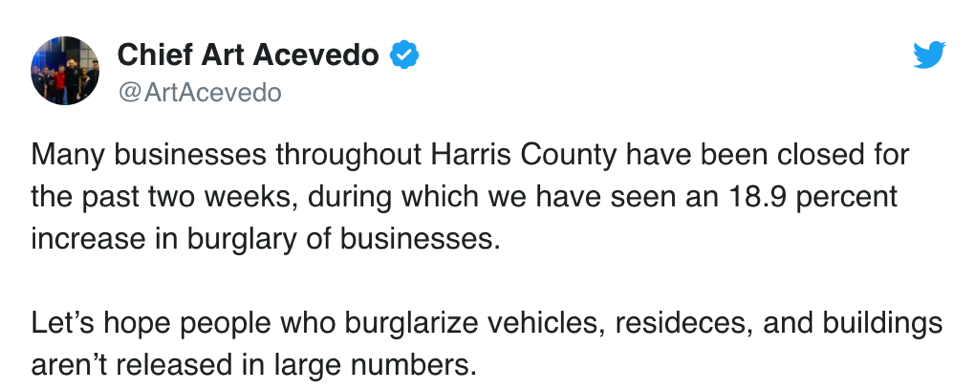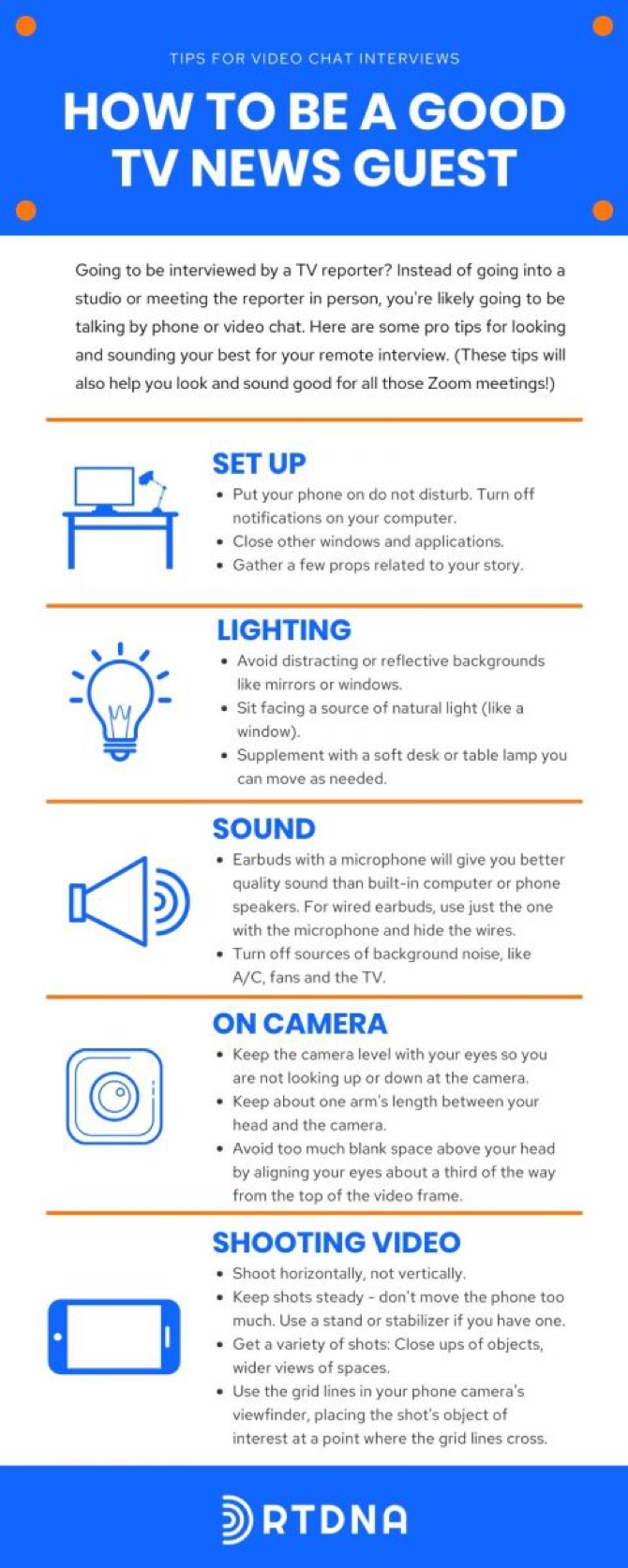 Covering COVID-19 is a daily Poynter briefing about journalism and coronavirus, written by senior faculty Al Tompkins. Sign up here to have it delivered to your inbox every weekday morning.
Covering COVID-19 is a daily Poynter briefing about journalism and coronavirus, written by senior faculty Al Tompkins. Sign up here to have it delivered to your inbox every weekday morning.
Axios has an interesting take on the pandemic, pointing out that hard times in the past have led to stronger families. Its reporting looked at other hardships and how they affected families across the country:
The U.S. divorce rate plummeted during the Great Depression and the 2008 financial crash.
Expect the same during the pandemic, says Brad Wilcox, a professor of sociology and director of the National Marriage Project at the University of Virginia.
“When society is facing a tremendous challenge or there’s a big uptick in suffering, people orient themselves in a less self-centered way and in a more family-centric way,” Wilcox tells Axios.
Of course, there are huge downsides, including for the families of the 60 million “essential workers” who are still going to work outside the home every day. And obviously losing loved ones and uncertain job security and lost income creates tremendous stress for families.
Families told Axios they would stay closer when this is all over and that they will cook at home more often. We’ll see. I seem to recall that we all said we would value family and life’s meaning more after 9/11. Maybe we did and maybe we didn’t.
On a less optimistic note, some relationship experts said being cooped up with another person may intensify your focus on that person’s flaws. If there is a crack in your relationship’s foundation, the stress of staying at home with that “other person” will expose the problem. You can’t escape it. Being self-quarantined may build contempt for that person and increase your defensiveness.
One thing I had not thought of until I read this is how important it is to make plans with your partner about what you will do when this crisis is over. My family is big on planning trips far into the future. It gives us something to research, imagine and look forward to.
A surge in medical waste may be coming
All pandemics produce medical waste and COVID-19 is going to produce a lot of it. China saw this coming. In addition to building more hospitals, they built a bunch of new medical waste plants to burn the toxic trash. Wuhan produced 240 tons of medical waste a day at the height of the outbreak there.
Stericycle, one of the big medical waste disposal companies in the U.S., said it is trying to stay on top of forecasts, but that it is difficult to get a fix on what to expect because so many elective surgeries have been delayed that it might offset the impact of COVID-19.
The Centers for Disease Control and Prevention said there is no reason to believe that COVID-19-infected medical waste is more toxic than other medical waste and that it can be treated the same way as everything else hospitals generate.
The Los Angeles Times said medical waste facilities in California treat waste by hitting it with steam:
For about two weeks now, red bags of medical waste laden with the coronavirus have been flowing from Southern California hospitals to a squat white building in the city of Paramount, where they are tossed into an autoclave and scorched with pressurized steam.
The novel coronavirus, or SARS-CoV-2, is essentially a string of genetic material encased in a fragile, fatty membrane, and it’s no match for an extended bath in 300-degree steam and 50 pounds per square inch of pressure.
“It kills all the bugs in the garbage,” said Bob Shaw, president of Medical Waste Services. “Then it’s sent to the landfill.”
Ask local hospitals where they send their medical waste. Talk with handling companies about the volume they are managing.
Are hospitals overusing ventilators?
STAT published a story about how some critical care doctors are saying hospitals may be using ventilators when less invasive means would work. Here is what STAT said these doctors’ questions are based on:
What’s driving this reassessment is a baffling observation about COVID-19: Many patients have blood oxygen levels so low they should be dead. But they’re not gasping for air, their hearts aren’t racing, and their brains show no signs of blinking off from lack of oxygen.
That is making critical care physicians suspect that blood levels of oxygen, which for decades have driven decisions about breathing support for patients with pneumonia and acute respiratory distress, might be misleading them about how to care for those with COVID-19. In particular, more and more are concerned about the use of intubation and mechanical ventilators. They argue that more patients could receive simpler, noninvasive respiratory support, such as the breathing masks used in sleep apnea, at least to start with and maybe for the duration of the illness.
By way of background, when oxygen saturation rates fall below 93%, there is a danger of organ damage from hypoxia. The normal range for oxygen saturation is 95% to 100%. Oxygen saturation levels are key to making decisions on whether to use ventilators or the much less invasive (and less expensive) oxygen tubes that stick in both nostrils, called “nasal cannulas.”
The story is not an indictment but more like a discussion. It could be that this virus is so aggressive that we need new protocols on when to use ventilators. For example, even putting patients on ventilators does not mean they are going to pull through. In Wuhan, China, 30 out of 37 patients in one study died even after being put on ventilators.
“In Seattle, only one of the seven patients older than 70 who were put on a ventilator survived; just 36% of those younger than 70 did,” STAT reported. “And in a study published by JAMA on Monday, physicians in Italy reported that nearly 90% of 1,300 critically ill patients with COVID-19 were intubated and put on a ventilator; only 11% received noninvasive ventilation. One-quarter died in the ICU; 58% were still in the ICU, and 16% had been discharged.”
[the_ad id=”667872″]
Business burglaries are up
In New York City, burglaries of businesses are way up. The increase began the day the mayor declared a state of emergency.
In Houston, burglaries are up 20% since the COVID-19 crisis began unfolding. The police chief tweeted:
 In Wichita, burglars are hitting storage units and replacing locks after they clean out the valuables. That way, the theft might go unnoticed for weeks since people are staying at home more.
In Wichita, burglars are hitting storage units and replacing locks after they clean out the valuables. That way, the theft might go unnoticed for weeks since people are staying at home more.
Marriott, Delta and United say ‘keep your status through 2021’
I hope other hotels and airlines will follow Delta, United and Marriott’s lead on this one.
Marriott’s CEO sent a note this week that said whatever elite status you reached in 2019 will stand throughout 2021 because they know a lot of us won’t have racked up as many hotel nights this year as we usually do. It may sound like a “first-world” problem, and it kind of is, but speaking just for me, my Marriott status allows me to eat free at a lot of their hotels.
Delta has a similar announcement this week. The airline said:
All Medallion Status for 2020 will be automatically extended for the 2021 Medallion Year.
All Medallion Qualification Miles (MQMs) from 2020 are being rolled over to 2021 to qualify for 2022 Medallion Status.
Delta Sky Club Individual and Executive memberships with an expiration of March 1, 2020, or later will receive six additional months of Delta Sky Club access beyond their expiration date.
United Airlines matched Delta’s change and added one more. United said it will make it easier to achieve a higher status in 2020.
“In addition, for the 2021 status year, United is reducing thresholds for Premier qualification by 50% for each status level, to make reaching an even higher status tier easier,” the airline announced in a press release.
For airlines, your status gives you upgrades and, importantly, bonus miles. I traveled to 63 cities in 2019. I will be happy if I hit half that many in 2020. Unless the airlines extend their status rules, I will lose a lot of benefits, and so will millions of others.
A yeast and flour shortage?
Yes, it is a “thing,” because people are apparently baking more. Hannaford supermarkets, for example, said flour shipments are double their normal levels and still falling short of demand. It will catch up, but it may be a while.
A look at the shortage from Business Insider included this quote:
“We could have handled twice the normal demand. But five times the normal [demand] almost overnight — no one can prepare for the that,” said Robb MacKie, president and CEO of the American Bakers Association.
Nielsen marketing data said sales of yeast, which is used to make bread and other baked goods, grew 647% in the week ending March 21 compared to the same date a year ago.
This is one of those shortages I have seen pop up around the globe — in the UK, India and Australia. People seem to be more alike than we might think, wherever we are. If we are nervous or bored, we bake.
Incidentally, while there was briefly a shortage of tortillas, it appears to have subsided as restaurants use fewer of them and home cooks buy more. In the U.S. alone there are more than 400 tortilla manufacturers, according to The Tortilla Industry Association.
[the_ad id=”667878″]
How to look better on your conference calls or on the air
Thank you to the Radio Television Digital News Association for producing this handy guide that we should send to everybody we are going to interview. PR folks should pass this one around to the experts you are putting in front of cameras.

The way we work
NBC correspondent Kerry Sanders broadcasts from the bathroom. Hey, do what you have to do these days.
We’ll be back tomorrow with a new edition of Covering COVID-19. Sign up here to get it delivered right to your inbox.
Al Tompkins is senior faculty at Poynter. He can be reached at atompkins@poynter.org or on Twitter, @atompkins.








